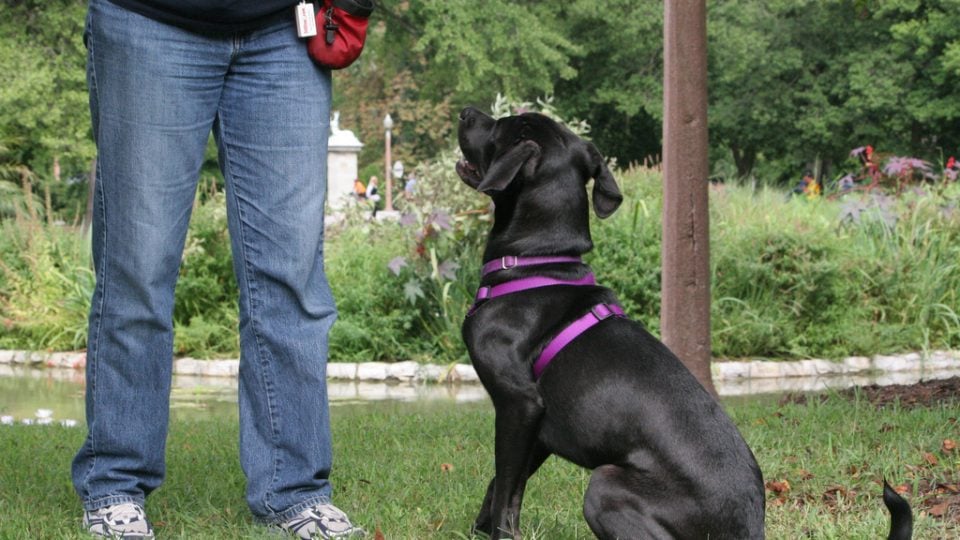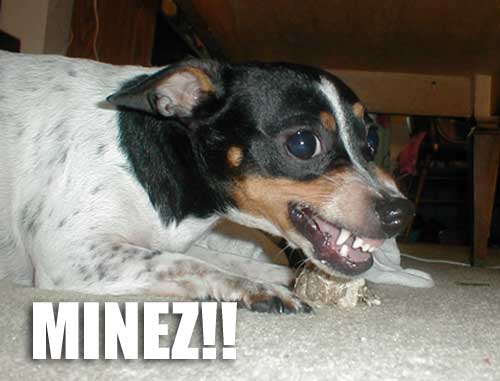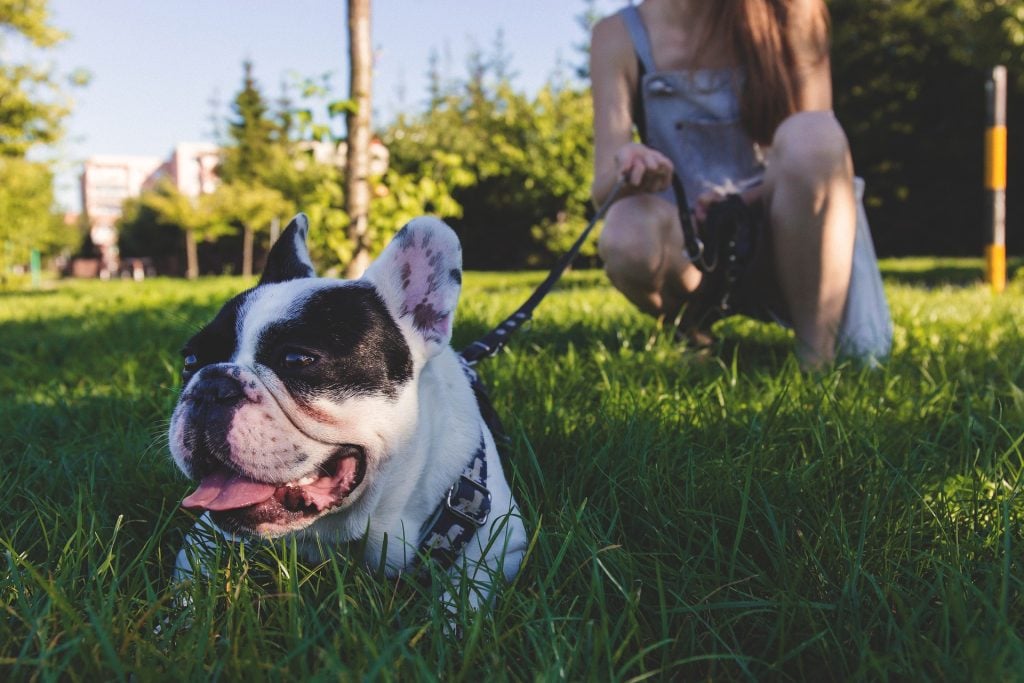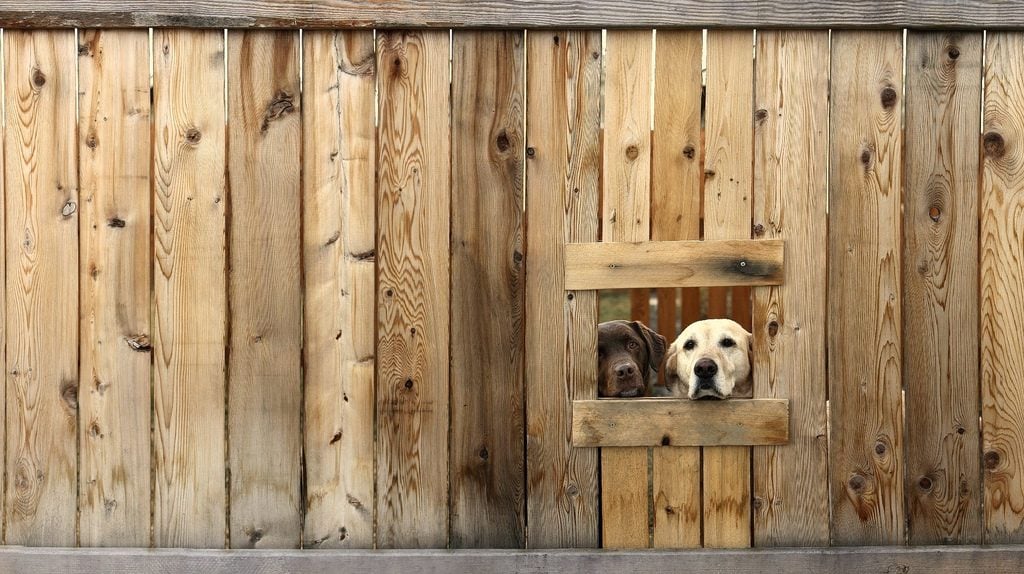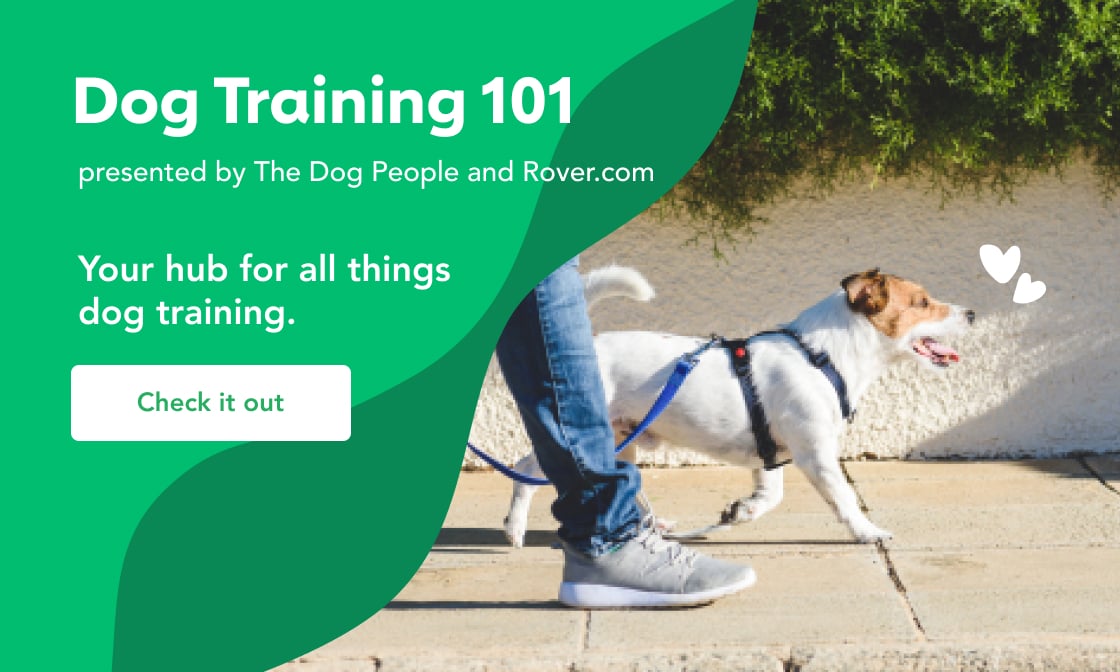My neighbor’s dog Murphy is a fence-barker extraordinaire. I’ve seen him sit peacefully in the front window, looking like a postcard image of a loyal Lab, but in the backyard, his territorial barking takes on a threatening keen.
It’s normal for dogs to guard the resources that matter to them. But if your dog shows warning signs like excessive barking, growling, or snapping, it’s time to step up your training game. Be sure to share your new approach with your pet sitter or dog walker so you’re all on the same page.
Territorial behavior can also become downright dangerous if it turns aggressive. These tips for training your territorial dog will help. Focus on basic obedience, recall, the “quiet” command, and reducing anxiety. Helpful supplies include:
- A tall, sturdy pet gate
- A quality dog crate
- High-value treats (our dogs love these natural beef liver ones
)
- A long leash or dragline
for teaching recall
1. Get back to basics
Basic obedience lays the groundwork for troubleshooting problem behavior, and basic commands can be incredibly useful in a tense situation. For example, if your dog has a solid “sit-stay,” you can use it to keep her calm in another part of the house when someone knocks on the door. Pet gates and a crate will also help in this regard, as you’re working on the command.
Even if you’ve already been through basic obedience training with your dog, a refresher will help both of you focus and bond. Aim for a few five-minute sessions each day, and be sure to make training worth it by offering rewards.
2. Total recall
Recall, or coming when called, is among the most important things you can teach your dog, and for a territorial dog, it’s a key command to keep her out of trouble.
You can and should work on recall anywhere, but if your dog is especially territorial in the yard, start indoors. Again, be sure to reward her for getting it right! You want your dog to know that good things come to those who come when called.
Once her indoor recall is rock solid, you can gradually move out to the yard, then increase the distance of the call by using a long line. Remember, as with all training, slow and steady is the way to go.
This is where a long leash or “dragline” can be especially helpful, as your dog can roam free while wearing one, but you can get a hold of them easily if needed.
3. Nothing in life is free
Once your dog has mastered the basics, you can reinforce good behavior by practicing “Nothing in Life is Free” training.
Territorial dogs are guarding resources, and for many, problem behavior occurs when their resource-guarding has been reinforced. Maybe your dog begs at the table until you lose your patience and toss him a scrap just to keep him quiet. Later, he growls when you try to take away a chicken bone that fell on the kitchen floor. Your dog isn’t being vindictive, he’s simply learned that he is entitled to tasty treats, and making noise means he gets to keep them.
Train your dog (and yourself) that all resources come from you.
Again, start small: require your dog to “sit” before you reward him by putting the leash on to take a walk, or sustain a “down” command for a few minutes before being released to eat his dinner. Asking your dog to work for everything he wants is a positive, safe way to remind him that you control the resources, and can greatly reduce guarding behavior.
4. Quiet coyote
If your dog tends to bark when she senses a threat to her territory, teach her a command that means “be quiet.” In my house, that command is “settle.” Don’t wait for your dog to be like Murphy, stuck in a barking loop in the backyard, before teaching her to calm down.
Start indoors, in a peaceful environment, and gradually introduce more distractions as your dog becomes better at calming on cue (source). The idea is to reinforce a calm emotional state. This is a step beyond the basics, but when practiced and reinforced, a “settle” command can help an anxious, territorial dog relax.
5. Reduce your dog’s anxiety
Training can go a long way, but while you’re still working on the basics, it’s up to you to reduce potential triggers. This may mean closing the curtains, feeding in a private place (or even crate), and gating your dog away from the front door when guests are expected.
For some dogs, anti-anxiety gear and even medication can be very helpful. Talk to your vet about this option. Some that we recommend include:
- ThunderShirt
or other pressure wraps: Use gentle, constant pressure to calm dogs.
- Puzzle Toys: Keep dogs occupied while you’re out.
- Long-lasting Chews: Give your dog something to focus on. Naturally-shed antler chews
or a KONG with frozen peanut butter work wonders.
6. Desensitize
After you’ve spent some time working on the other training steps listed above, you can gradually introduce desensitization and counterconditioning to change your dog’s reactions to triggers (source). Slowly and patiently introduce your dog to territorial triggers, never pushing them, and provide rewards when they behave as you expect. The Humane Society has a detailed guide to this approach with your pets.
It will take some time and effort, but in the end, it’ll be worth it to have a calmer, happier dog.
It’s not easy to live with a territorial dog, but with consistent, positive training, you can manage potentially bad behavior and make life more peaceful for dogs and people on both sides of the fence.
Top photo via Flickr/CRYSTAL ROLFE
